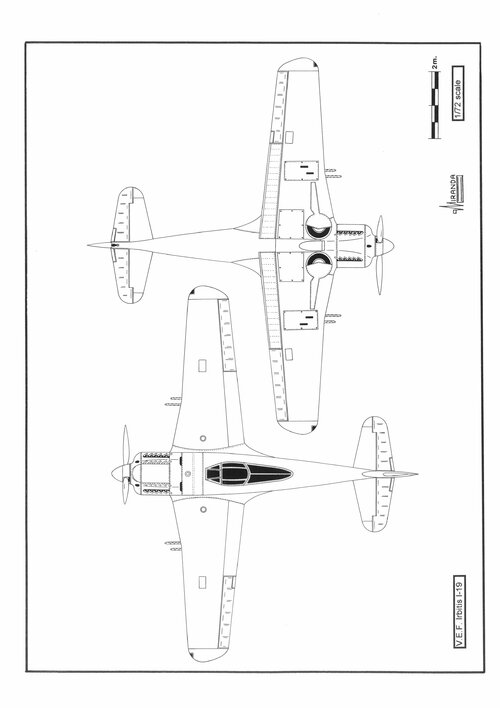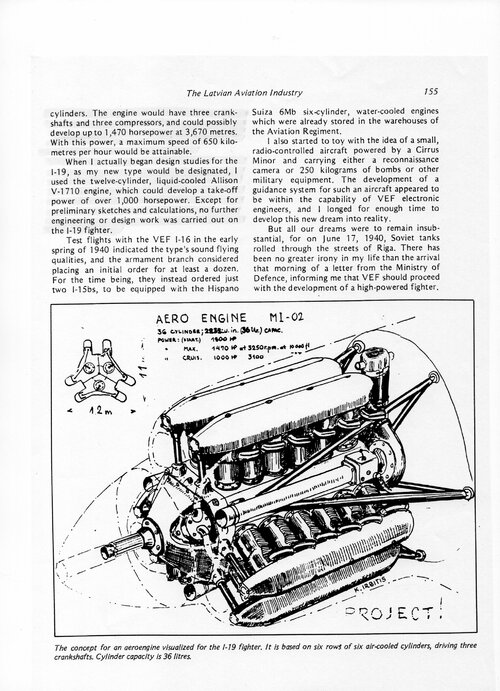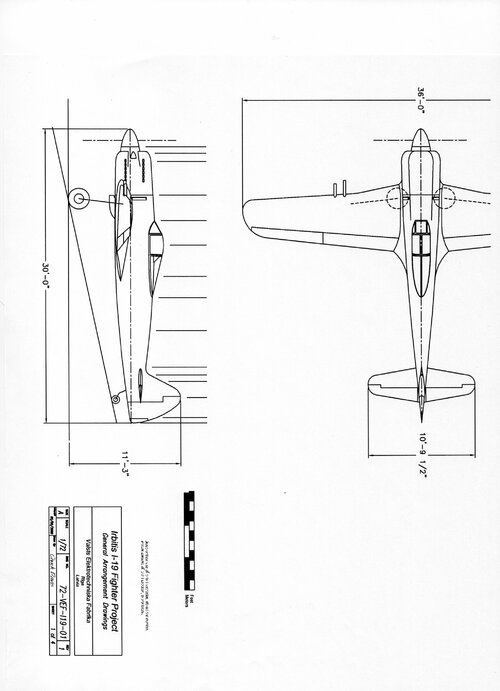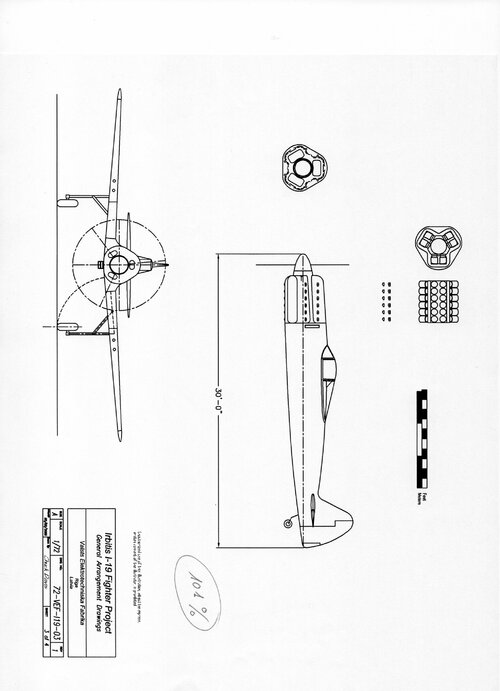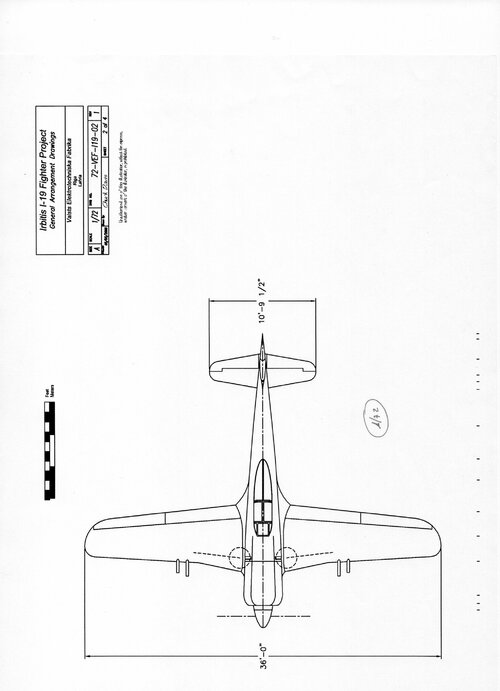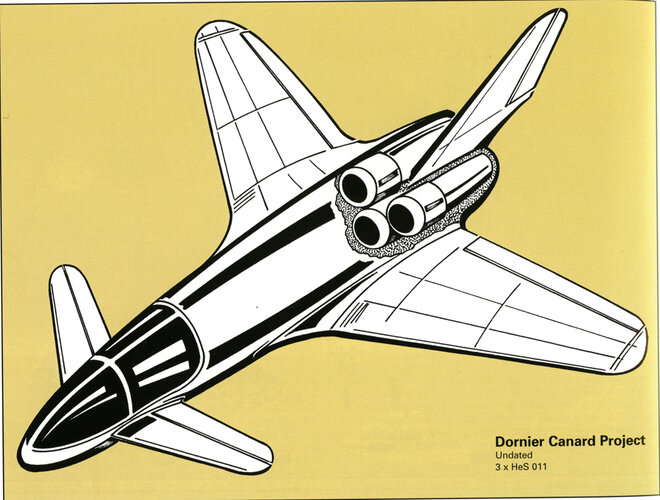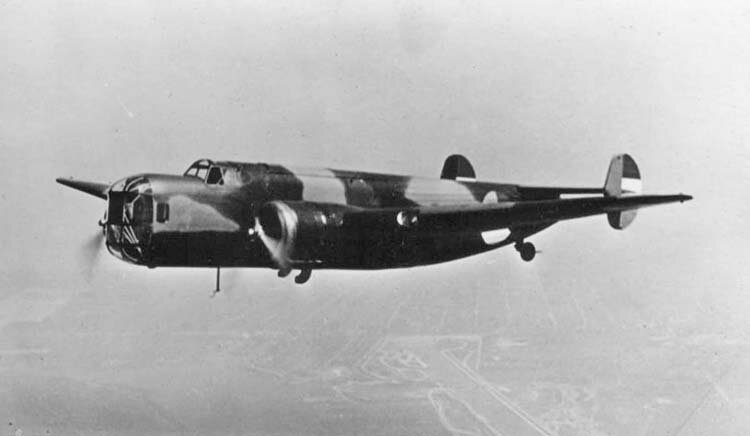Maybe it is a trivial question, but hear me out.
Before WW2, multiple countries designed/built fast, 2-engine heavy fighters (like the Italian IMAM Ro.57).
Italy, as many smaller nations, struggled because after the war broke out, they couldn't mass-produce new, high-performance aircraft engines (in 1939, the Ro.57 was the fastest Italian plane but only had two 870 HP Fiat engines), and they couldn't replace them on the Ro.57 until the Germans gave them their DB 601 engine, which still only produced 1175 HP in 1942.
For me, the solution seems simple: just put a third engine in the nose. Obviously, amongst other drawbacks, this would have reduced the range, but since Italy almost exclusively fought at short range (over the Mediterranean Sea and the coastlines) and had almost no strategic bombing capacity anyway, it didn't really matter. The same is true for the other small aircraft-producing European countries.
In fact, the builders of the Ro.57 planned a similar parallel project called IMAM Ro.67 with exactly this layout (basically a 2 engine heavy fighter with a 3rd engine in the nose). Two prototypes were greenlit by the Italian government, but after the war broke out, the company got the aformentioned German engines, so they built a boring 2 (German) engine version of the Ro.57 (IMAM Ro.58) instead and stopped the 3 engine Ro.67 project, and as far as I know, they never actually built any 3 engine heavy fighters.
My question is: why? Obviously there must have been serious downsides, but I couldn't see any fatal flaws (like the layout was well understood, not something like the coupled engines as in the German Heinkel He 177, the 3rd engine's added cost would have been offset by the significantly higher survivability, and so on).
Obviously, it would have been a wartime necessity (this is why the great powers simply built bigger engines), and I'm mainly a tank guy who doesn't know much about aircraft, but in WW2, multiple countries made two-engine tanks, like the United Kingdom (with two separate engines) and Hungary (with coupled engines), while Australia even built a three-engine tank called the AC3 "Thunderbolt" (it was only a prototype because soon after they got American Shermans).
Italy and the IMAM Ro.67 were only examples, but not a single country mass-produced any three-engine heavy fighters in WW2 (despite building other three-engine aircraft), so it is clear that this would have been a bad idea in practice, but I can't wrap my head around it (seeing the three-engined German Blohm und Voss BV 138 or the half dozen different Italian three-engine medium bombers).
Before WW2, multiple countries designed/built fast, 2-engine heavy fighters (like the Italian IMAM Ro.57).
Italy, as many smaller nations, struggled because after the war broke out, they couldn't mass-produce new, high-performance aircraft engines (in 1939, the Ro.57 was the fastest Italian plane but only had two 870 HP Fiat engines), and they couldn't replace them on the Ro.57 until the Germans gave them their DB 601 engine, which still only produced 1175 HP in 1942.
For me, the solution seems simple: just put a third engine in the nose. Obviously, amongst other drawbacks, this would have reduced the range, but since Italy almost exclusively fought at short range (over the Mediterranean Sea and the coastlines) and had almost no strategic bombing capacity anyway, it didn't really matter. The same is true for the other small aircraft-producing European countries.
In fact, the builders of the Ro.57 planned a similar parallel project called IMAM Ro.67 with exactly this layout (basically a 2 engine heavy fighter with a 3rd engine in the nose). Two prototypes were greenlit by the Italian government, but after the war broke out, the company got the aformentioned German engines, so they built a boring 2 (German) engine version of the Ro.57 (IMAM Ro.58) instead and stopped the 3 engine Ro.67 project, and as far as I know, they never actually built any 3 engine heavy fighters.
My question is: why? Obviously there must have been serious downsides, but I couldn't see any fatal flaws (like the layout was well understood, not something like the coupled engines as in the German Heinkel He 177, the 3rd engine's added cost would have been offset by the significantly higher survivability, and so on).
Obviously, it would have been a wartime necessity (this is why the great powers simply built bigger engines), and I'm mainly a tank guy who doesn't know much about aircraft, but in WW2, multiple countries made two-engine tanks, like the United Kingdom (with two separate engines) and Hungary (with coupled engines), while Australia even built a three-engine tank called the AC3 "Thunderbolt" (it was only a prototype because soon after they got American Shermans).
Italy and the IMAM Ro.67 were only examples, but not a single country mass-produced any three-engine heavy fighters in WW2 (despite building other three-engine aircraft), so it is clear that this would have been a bad idea in practice, but I can't wrap my head around it (seeing the three-engined German Blohm und Voss BV 138 or the half dozen different Italian three-engine medium bombers).


